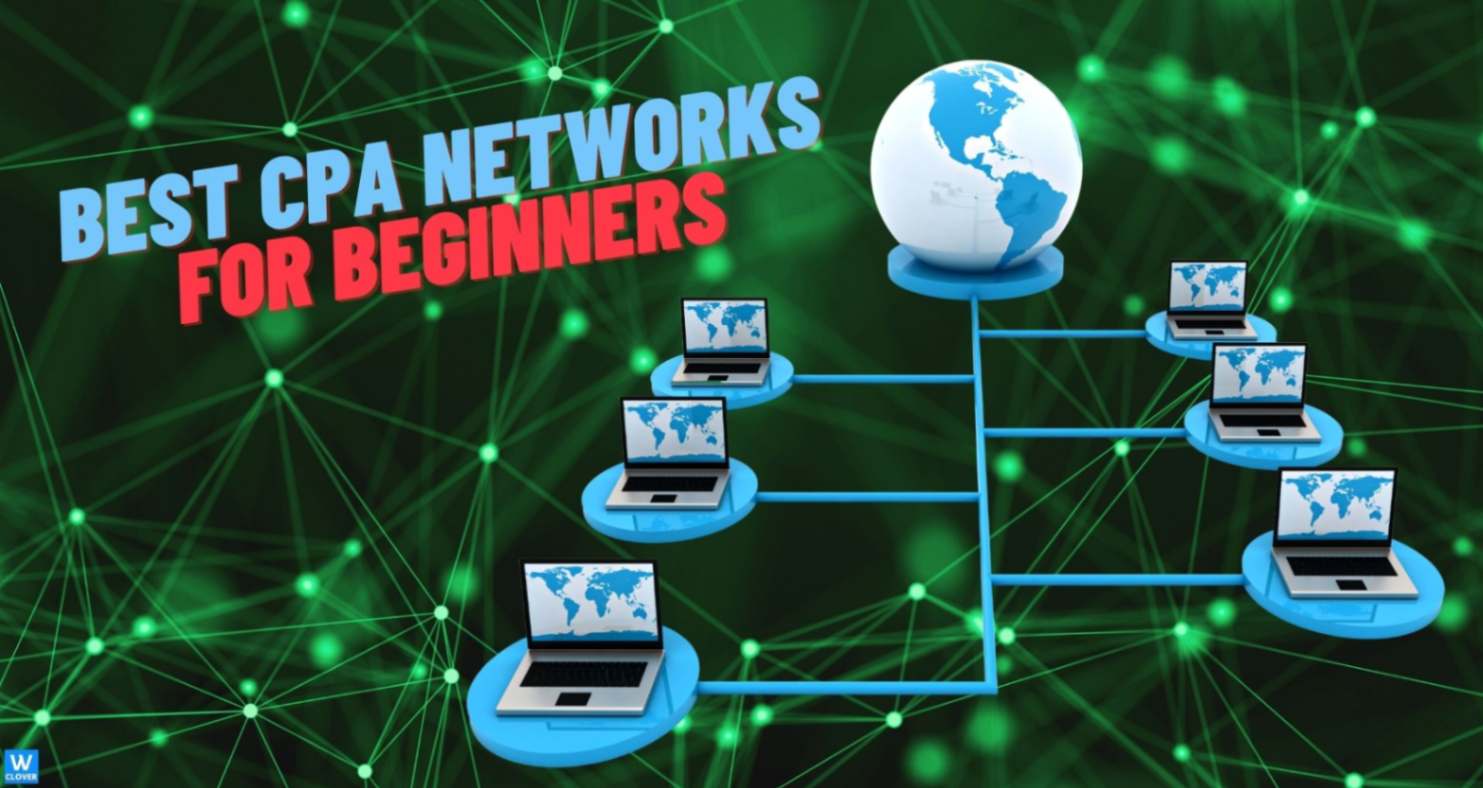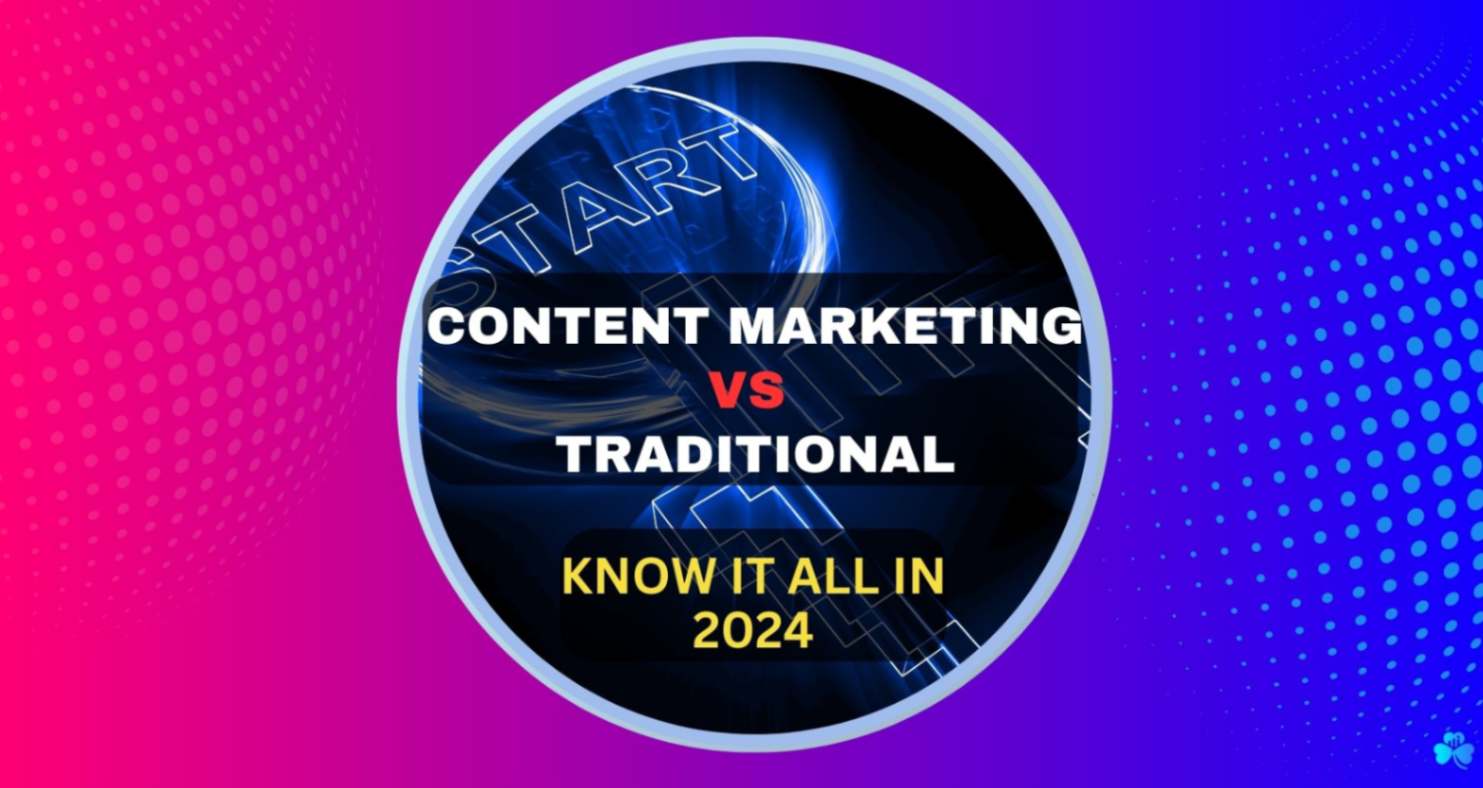When it comes to marketing, there are two distinct approaches: content marketing and traditional marketing methods.
Content marketing focuses on providing valuable information to attract people to the brand, while traditional marketing interrupts people to grab their attention.
So, if you're looking to improve your own marketing strategy and results, keep reading to learn more about content marketing vs traditional marketing and how you can use it to achieve your business goals.
This article might contain referral links from our chosen partners, that may bring us a small commission at no additional cost to you. Please read our disclosure page for more details.
Content Marketing: Attracting Customers with Valuable Information
Instead of using traditional advertisements or directly selling to customers, content marketing focuses on providing valuable information that attracts and engages them.
By creating and sharing relevant content, businesses can build relationships with potential customers and establish themselves as trusted sources of information.
This approach aims to create content to educate and inform the audience, rather than push products or services.
What Is a Content Marketing Campaign? Focuses On Giving Value to Attract Customers
At the heart of any content marketing strategy lies the idea of providing value to the audience.
By crafting high-quality, informative content, brands can position themselves as experts in their field and establish trust with potential customers.
This approach requires understanding the brand authority target audience's needs and interests, and then delivering content that addresses their questions, solves their problems, or simply entertains them.
Content Marketing Examples: Providing Value in Action
Content marketing has been around for a long time, even before the digital age. Some classic examples of online marketing include:
• Red Bull's "Red Bull Racing" website and YouTube channel see video below:
This content attracts fans of Formula One and positions Red Bull as a brand that is deeply involved in the sport.
• Harley-Davidson's "Hog Heaven" blog and social media platforms: https://allthingscruise.com/harley-davidson-museum-is-hog-heaven-for-bikers-and-non-riders/ This content attracts motorcycle enthusiasts and builds brand loyalty among Harley-Davidson riders.

These examples demonstrate how content marketing can effectively engage an audience and build a brand reputation by creating content and providing valuable and relevant information.
What Are The Benefits Of Content Marketing
Content marketing offers a wealth of benefits for businesses, including building trust, enhancing brand awareness, and educating the audience.
By consistently delivering valuable and informative content, brands can establish themselves as experts in their field, attract new customers, and nurture relationships with potential clients.
1. Trust and Credibility: When businesses consistently provide high-quality content that addresses the needs of their target audience, they build trust and credibility.
This expertise positions them as thought leaders in many businesses in their industry, leading to increased customer loyalty and retention.
2. Brand Awareness: Engaging and informative content has the potential to spread organically across various platforms, reaching a wider audience and increasing brand visibility.
This organic reach can attract new customers who are drawn to the brand's expertise and insights.
3. Audience Education and Lead Nurturing: By addressing common questions and concerns in a helpful and insightful manner, brands position themselves as valuable resources for their audience.
This educational approach not only attracts potential customers but also nurtures leads, building relationships over time, similar to effective email marketing strategies.
What Is A Traditional Marketing Campaign?
Traditional marketing involves the classic methods of reaching and engaging an audience.
It relies on established channels like television and radio commercials, print ads, billboards, and direct mail to promote products or services.
Unlike content marketing, which focuses on providing value and building relationships, traditional marketing often aims for immediate sales by interrupting consumers with advertisements.
Traditional Marketing: Aiming for Immediate Sales Through Interruption
Traditional marketing centers on interrupting consumers with advertisements in places where they are likely to be.
These ads, often appearing during TV shows, radio broadcasts, magazine ads, or in print publications, aim to capture attention and drive immediate sales.
This approach can be intrusive and disruptive, as it breaks the flow of content and forces consumers to pause their activities.
Traditional Marketing in Action: Classic Examples of Reaching Consumers
Traditional marketing encompasses a variety of methods that have been used for decades to reach and engage target audiences. Here is a notable example of traditional marketing:
Coca-Cola's "I'd Like to Teach the World to Sing" Campaign: In 1971, Coca-Cola launched its iconic "I'd Like to Teach the World to Sing" campaign, featuring a diverse group of people harmonizing around the world.
This sentimental and uplifting ad became a cultural phenomenon, exemplifying the power of traditional marketing to connect with audiences on an emotional level.

CocaCola's I'd Like to Teach the World to Sing commercial- see the interview of Bill Backer below:
Drawbacks of traditional marketing
While traditional marketing can effectively reach a wide audience quickly, it also comes with some drawbacks.
Its high cost, due to expensive ad placements and print ads, can strain Traditional Advertising budgets.
Additionally, traditional marketing often has a shorter lifespan, as ads are replaced or forgotten soon after.
Moreover, traditional marketing's focus on interruption and immediate sales may not foster long-term relationships with customers.
Building trust and loyalty is often overlooked, leading to lower customer retention and a constant need to acquire new customers.
Content Marketing vs Traditional Marketing: Two Different Approaches
Content marketing and more traditional marketing techniques differ significantly in their approach, audience, and long-term goals
Approach:
- Content Marketing: Focuses on providing valuable and relevant content to attract and engage the target audience. Aims to build trust, credibility, and long-term relationships.
- Traditional Marketing: Relies on interruption and persuades the audience to take immediate action. Often focuses on the sale or promotion of products or services.
Audience:
- Content Marketing: Attracts a specific audience by providing content that addresses their needs and interests. Builds an opted-in audience that actively seeks out the brand's content.
- Traditional Marketing: Targets a wider audience through various channels and platforms. The audience may not have chosen to engage with the brand's message.
Long-term vs. Short-term:
- Content Marketing: Takes a long-term approach, focusing on building relationships and customer loyalty over time. Nurtures leads and retains customers. Aims to create a lasting impact and build a loyal customer base.
- Traditional Marketing: Tends to have a more short-term focus. Captures the audience's attention and prompts immediate action. Prioritizes immediate results and sales.
Building Relationships:

Content Marketing: Emphasizes building relationships with the audience, which will build trust, loyalty, and a sense of community. Creates a two-way conversation and actively looks for feedback and engagement.
Traditional Marketing: Traditional marketing might focus less on building relationships. It can create immediate interest or sales but might not build lasting customer loyalty or continuous engagement.
In summary, content marketing prioritizes long-term relationship building and providing value, while traditional marketing focuses on short-term sales and persuasion.
The choice between the two approaches depends on a company's goals, target audience, and resources.
Examples and Overlaps
When Marketing Strategies Blend
Combining Approaches: Sometimes, sponsored content or influencer endorsements mix the helpful info of content marketing with the sales focus of traditional ads.
Keeping Things Consistent: Brands should deliver a consistent message across all platforms—social media, websites, ads, everywhere. A unified message leaves a lasting impression.
For Both Approaches:
Checking Every Connection: Brands need to consider every way they interact with customers—online or offline, like Types of social media, ads, or customer service.
Making the Message Clear: Consistency matters. Whether it's content or traditional ads, clarity in the brand message and identity is essential.
When to Use Content Marketing
Content marketing does a lot to:
Spreading the Word: It helps get your brand known. Sharing valuable content gets people interested and sharing, boosting how many people know about your brand.
Building Trust: Being consistent with good info makes you seem like an expert. That makes people trust your brand more and want to use what you offer.
Teaching and Being Helpful: It's a way to answer questions and share useful content. By doing this, people see you as a reliable source and stick around.
Getting People Interested: At different times, content guides potential customers. It helps them understand your product and makes them more likely to buy."
When to Use Traditional Marketing
Reaching A Mass Audience Quickly: Traditional marketing, like TV, radio, or newspaper ads, gets your brand in front of many people fast.
Prompting Quick Action: If you want people to act swiftly, such as making a purchase or visiting a store, traditional methods like mail or TV ads can encourage them.
Limited-Time Offers: It's useful for promoting deals with a short shelf life. Radio ads or billboards remind people to act before the offer ends.
Making Your Brand Memorable: Especially for new brands, using methods like TV or print ads helps people remember your brand."
Combining Both Approaches: Content Marketing and Traditional Marketing Strategies
Crafting a Unified Strategy: Brands can blend content and traditional marketing for a stronger approach, reaching more people, building trust, and sparking quick responses.
Keeping Messaging Clear: It's crucial to keep the brand's message, tone, and look consistent across all platforms, merging content and traditional methods.
Capitalizing on Strengths: Content marketing builds connections, while traditional methods reach wide and prompt quick action. Combining these strengths creates a robust strategy for wider reach, engagement, and growth.
Seamless Customer Journey: Aligning messages and touchpoints ensures a smooth customer experience. Consistency avoids confusion and maintains a unified brand identity, guiding customers from discovery to purchase, no matter the marketing method.
Choosing Your Marketing Path
Know Your Audience: When picking between content or traditional marketing, think about who you're trying to reach. Are they into informative content or traditional ads?
Set Clear Goals: Figure out what you want. Are you aiming for more awareness, sales, loyal customers, or a mix?
Budget Wisely: Money matters. Traditional methods can cost more, like TV ads, while content marketing can be cheaper, especially for smaller businesses. Pick what fits your budget best.
Keep an Eye on the Competition: Look at what your rivals are doing. Are they into content or traditional ads? Also, see what's hot in your industry to help make your choice.
Key Metrics for Evaluating Success
For content marketing:
Website Traffic: Check how many visitors come and stay on your site. It shows if your content pulls people in.
Engagement: Look at time spent on pages, bounce rates, and shares. They tell how much people engage with your content.
Leads: Keep an eye on how many leads you get, like email sign-ups. It shows if your content attracts potential customers.
Conversion Rate: Measure how many leads turn into customers. It tells how effective your content is at closing deals.
For traditional marketing:
Reach and Frequency: See how many people see your traditional ads often. It measures how many notice your brand.
Sales and Revenue: Check if your traditional ads boost sales. It shows if they get people buying.
Response Rates: Count responses like calls or website visits. It shows how much people engage with your traditional ads.
Brand Recognition: Measure how well people know your brand because of traditional marketing.
Tracking Conversions and return on investment (ROI):
Monitor your conversions and ROI using a good link tracker for your marketing budget. It helps you see if your efforts make more money than what you spend.
Continuous Improvement:
Always aim to make your digital marketing strategies better. Use the data you gather to tweak your content and strategies to match what your audience needs.
Final Thoughts

In short, content marketing vs traditional marketing both have their unique strengths.
Content focuses on building relationships through valuable content, while traditional marketing campaigns just grab attention for immediate action.
Choosing the right method depends on your audience, goals, budget, and trends. Combining both can make a solid strategy for wider reach and better results.
Regularly checking how well your marketing works and adjusting based on key numbers helps your company adapt to what customers want.
Keeping a mix of strategies that match what people like and industry trends is key to staying successful in a competitive market.
SUGGESTED ARTICLES

23 Affiliate Marketing Content Ideas To Drive More Sales [2023]

21 Best CPA Networks For Beginners In 2023 [Fast Approval]

18 Best PLR Websites: To Make Money In [2023]

15 Copywriting Skills To Set You Apart In [2023]

13 Best Writing Assistant Software: Boost Profit & Productivity





